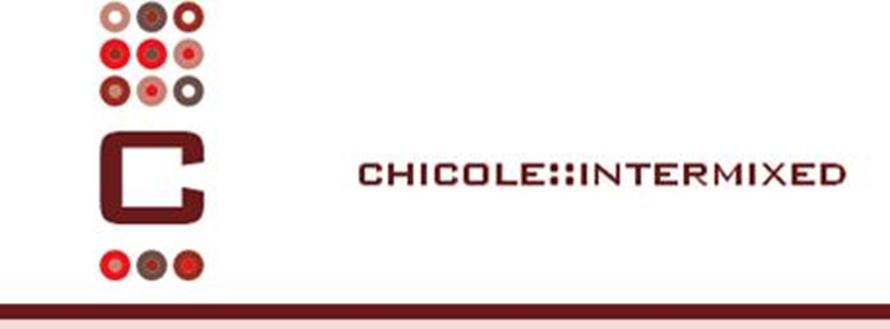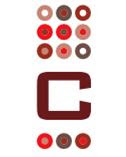Miriam is an Assistant Manager at a national banking institution. Her weekly posts will help you prepare for the financial realities of education and life. Be sure to leave a comment or send an email if you have specific financial questions.
::
What Am I Supposed to do With the DEBT?!?!
One thing that the majority of college/graduate students encounter is debt. When we entered into our undergraduate studies at various colleges across the country our parents told us, “Don’t get a credit card!!” But what did we do? We got credit cards. Why? We wanted the freedom to break away from our limited incomes and be able to spend money when it was needed. The ideal situation is to be responsible with your credit and only spend what you can afford to pay off. However, this is not always the case. The majority of recent college graduates have some mixture of debt whether it is through student loans, personal loans, or credit cards. This then carries over when entering the work force or graduate school. The question then remains, “What am I supposed to do with the debt?”
1. Make a list of all of the debt you have. Be HONEST with yourself. You need to know what you owe down to the penny.
2. Figure out what your debt to income ratio is. You want your debt to income ratio to be less than 30%. You find this number by dividing your total monthly payments by your total monthly income. If this amount is higher than 30%, it could hurt you when you look for credit in the future.
3. If you have a lot of credit card debt, figure out the percentage of the credit limit that you are using by taking the amount of credit used on each individual card divided by the card’s limit. This number should also be less than 30%.
4. Figure out what interest rates you are receiving on your cards. As a student you probably received a low promotional rate and then a very high rate following the promotional period. The first step is to contact the credit card companies and request that your rates be lowered. If this cannot be accomplished, then you should search for a new card that has a lower rate and transfer your balance. Do not close out your old card!! You need to leave at least your oldest card open for length of credit.
5. It is often smart to also look at consolidation. This could possibly put you over the 30% utilization on your card; however, it will allow you to have one payment and lower what has to be paid each month so that you can pay the balance down quicker. Avoid using debt consolidators!! This information goes on your credit report and debt consolidators are typically used by those who have problems paying their bills. This can negatively impact you when creditors look at your credit report when you attempt to attain credit in the future.
6. Consolidate your student loans. You will have to contact the bank your student loans are through because each type of student loan is different and you can’t consolidate different types of loans in one bundle. For example, federal must be consolidated with federal and private with private, etc.
7. Be proactive. The debt will not just erase itself. If it is a substantial amount of debt, you will need to make LARGE payments so that you can see a difference. This may require you to have a roommate or give up some of your luxuries for awhile.
Tuesday, December 23, 2008
Subscribe to:
Post Comments (Atom)


No comments:
Post a Comment